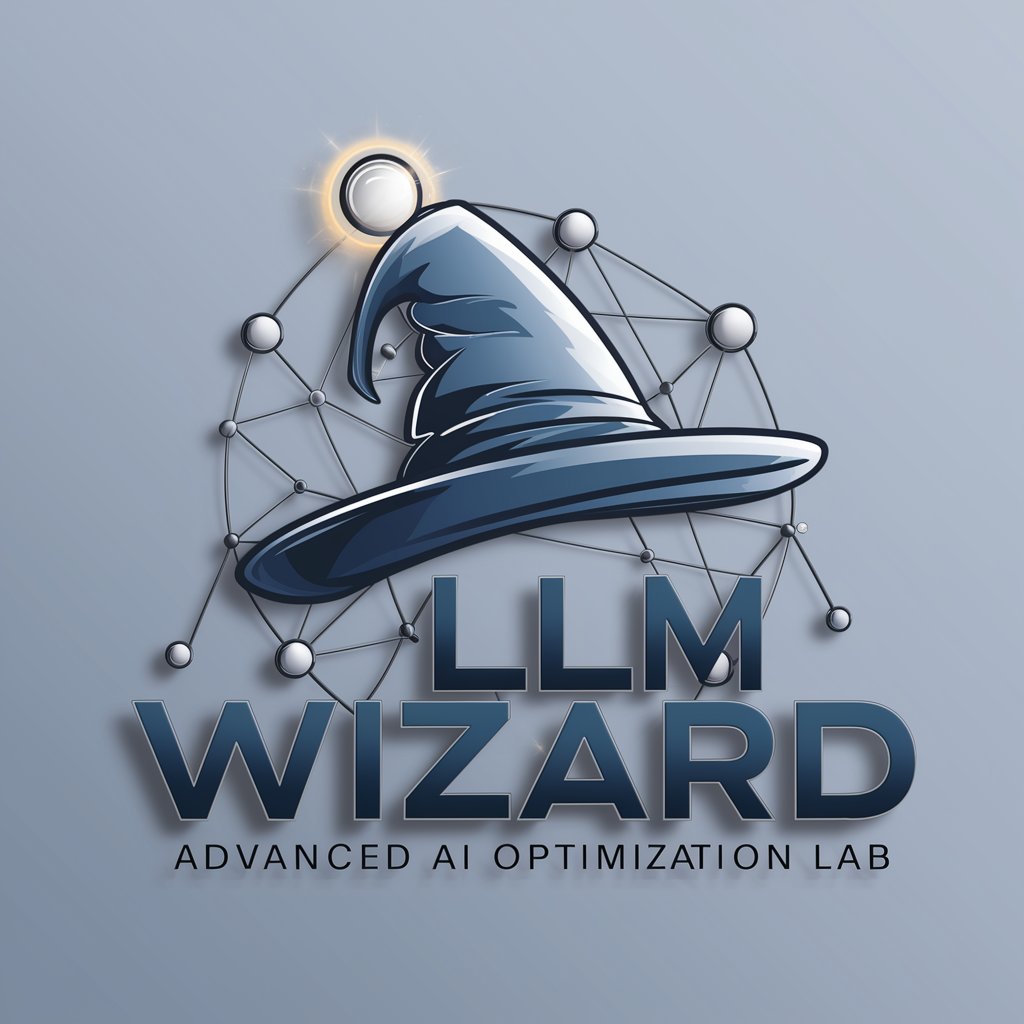
LLM Tuner Guide - LLM Tuning Guidance

Welcome! I'm here to help you fine-tune your Large Language Models effectively.
Fine-Tuning AI with Precision
Explain the process of fine-tuning a Large Language Model for a specific task.
What are the best practices for optimizing an LLM for performance?
Describe common challenges in LLM fine-tuning and how to overcome them.
How can I ensure my fine-tuned LLM maintains high accuracy and reliability?
Get Embed Code
Overview of LLM Tuner Guide
LLM Tuner Guide is designed to assist users in fine-tuning large language models (LLMs) to better suit specific applications or tasks. The main goal is to provide expert advice and practical instructions that help users optimize the performance of their LLMs through effective parameter adjustment and training techniques. For example, a user might be interested in enhancing an LLM's ability to understand and generate technical content. Using the LLM Tuner Guide, they can learn how to curate a dataset comprising technical documents, set up and modify training parameters like learning rate and epoch numbers, and interpret results to further refine the model's capabilities. Powered by ChatGPT-4o。

Core Functions of LLM Tuner Guide
Providing Detailed Tuning Instructions
Example
Guiding users on how to adjust key parameters like learning rate, batch size, and number of training cycles.
Scenario
A user preparing an LLM for a customer support chatbot wants to reduce the response generation time without losing accuracy. The guide helps them experiment with batch sizes and training iterations to find an optimal balance.
Offering Troubleshooting Assistance
Example
Identifying common issues such as model overfitting or underfitting and suggesting solutions.
Scenario
A developer notices their model performs well on training data but poorly on unseen data. The guide provides strategies to adjust the model's regularization techniques and enhance its generalization capabilities.
Curating Specialized Training Datasets
Example
Advising on the selection and preparation of data that aligns with the specific use cases of the LLM.
Scenario
A university research team aims to develop an LLM that understands medical literature. The guide assists them in dataset compilation, focusing on diverse medical texts to ensure broad knowledge coverage and compliance with data privacy regulations.
Target User Groups for LLM Tuner Guide
AI Researchers and Developers
This group includes individuals and teams developing or refining AI models for specific tasks or industries. They benefit from the LLM Tuner Guide by obtaining detailed guidance on model optimization, which is crucial for achieving high accuracy and efficiency in their AI solutions.
Technology Companies
Tech companies looking to integrate customized LLMs into their products or services will find the guide valuable for training models that align with their unique business needs and customer interactions, enhancing overall user experience.
Educational Institutions
Universities and research centers can use the guide to enhance their curriculum on machine learning and AI, providing students and researchers with practical tools and insights into the advanced aspects of model training and fine-tuning.

How to Use the LLM Tuner Guide
Start with a Free Trial
Visit yeschat.ai to start using LLM Tuner Guide without needing to log in or subscribe to ChatGPT Plus.
Identify Your Needs
Evaluate what specific aspects of LLM tuning you need assistance with, such as data preparation, model architecture selection, or performance optimization.
Explore Features
Utilize the guidance features for step-by-step instructions on fine-tuning processes, troubleshooting common issues, and applying best practices.
Experiment and Learn
Run small-scale tuning experiments using the tool’s tips to see how changes affect your model’s performance.
Scale Your Efforts
Once comfortable with basic tuning, use the tool to guide larger, more complex LLM tuning projects.
Try other advanced and practical GPTs
Creative Cash Drainer
Finance Fun, Powered by AI

LELIA - Mentor de Arte y Dibujo
Unleash Creativity with AI Art Mentorship

Malware Reverse Engineer - Windows
Unraveling malware, AI-powered analysis.

CGI Coder Full Code
Empowering CGI creativity with AI
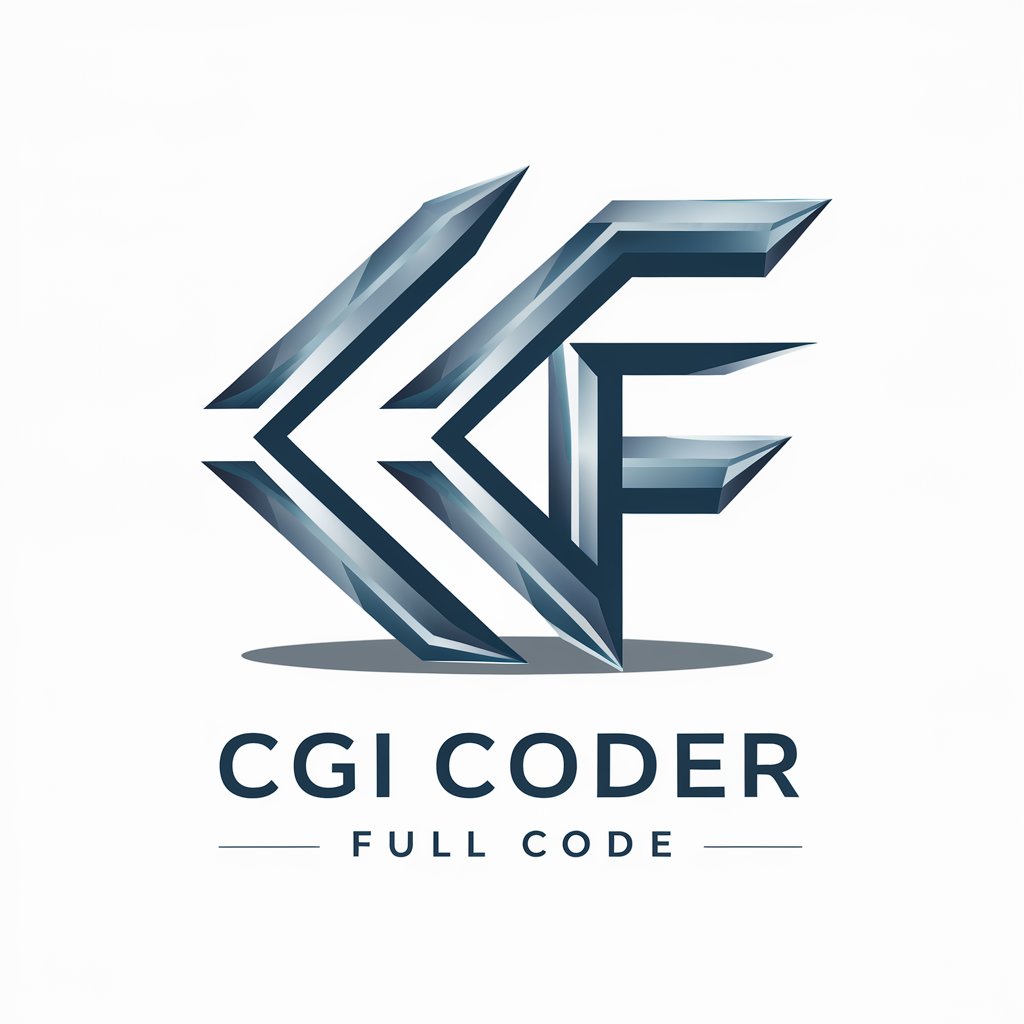
Comptia A+ Exam Study Coach
AI-Powered CompTIA A+ Exam Coach.

Handey Thoughts
Elevating Humor with AI-Generated Wit

Professional Content Advisor
Crafting Strategic Marketing Content, Powered by AI

Ad Content Writer
Crafting Trendy, Eco-Conscious Ads with AI

Multilingual Version Switcher
Unlock language barriers with AI-powered versatility.

Innofounder Booster
Streamlining your path to innovation funding
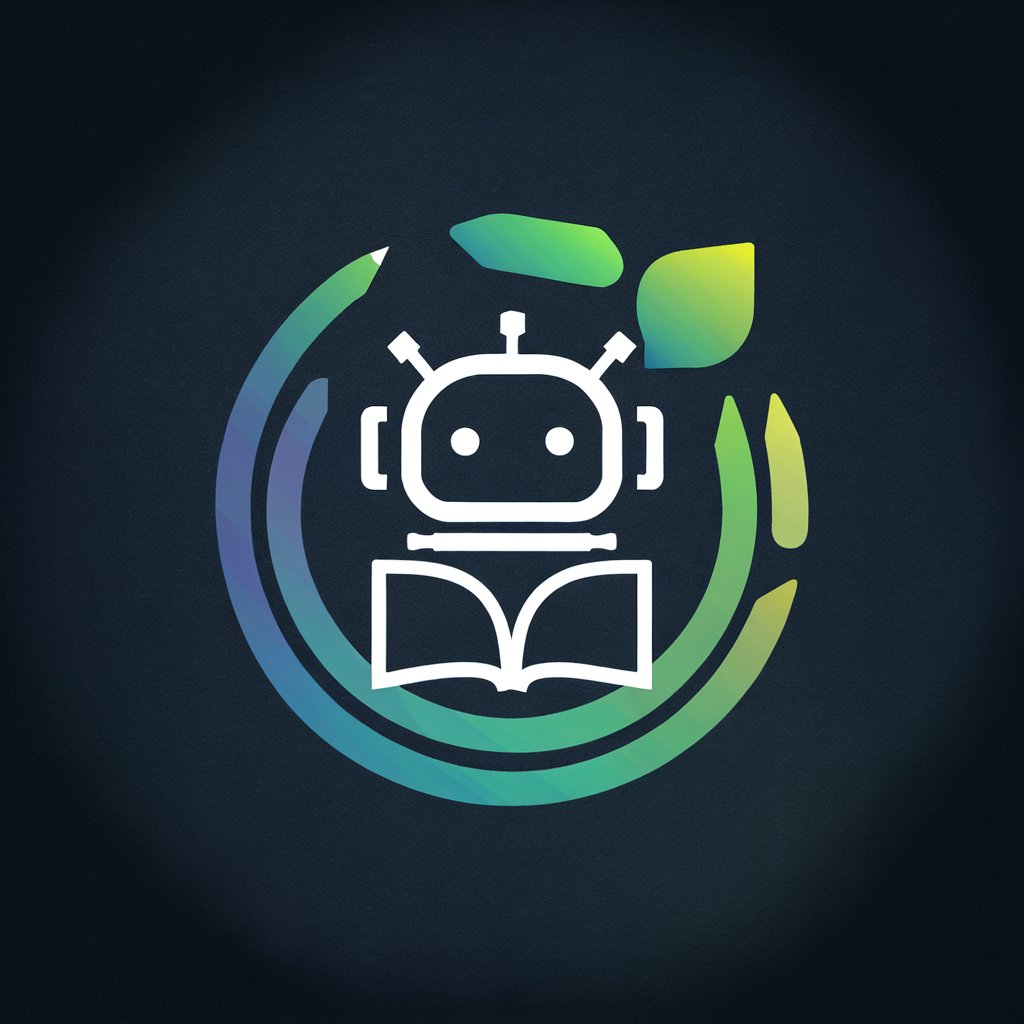
LaVeyan Satanic Guide
Explore Satanism, Empowered by AI
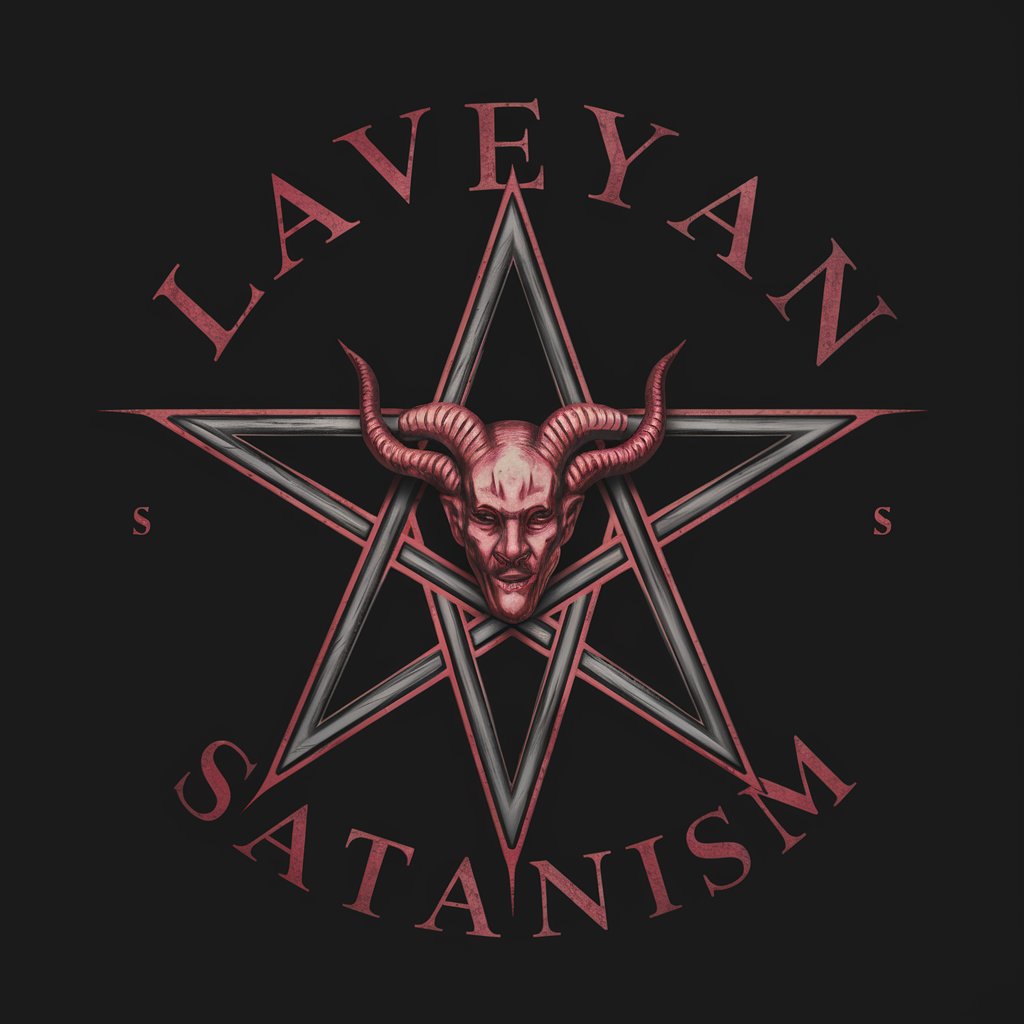
TekstTuner
Empower Your Words with AI
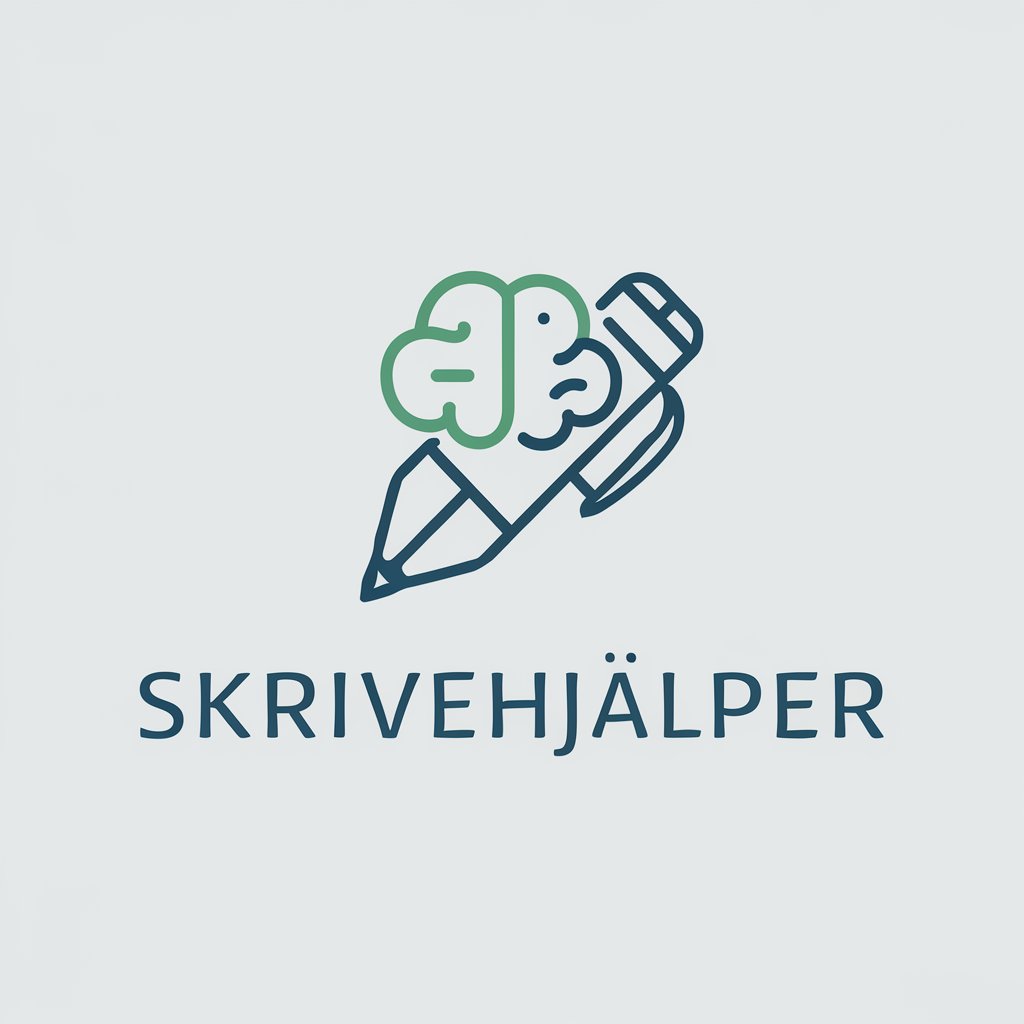
Detailed Q&A on LLM Tuner Guide
What is the primary purpose of LLM Tuner Guide?
The LLM Tuner Guide is designed to assist users in the fine-tuning process of large language models, providing expertise and practical steps to enhance model performance and efficiency.
Can LLM Tuner Guide help with non-English language model tuning?
Yes, it provides guidance applicable to models of various languages, offering strategies for data preparation and parameter adjustment that are universally relevant.
How does the LLM Tuner Guide simplify complex tuning concepts?
The tool breaks down complex concepts into actionable steps, uses clear language, and offers practical examples and tips to make the process more accessible.
What kind of support does LLM Tuner Guide offer for troubleshooting?
It includes a troubleshooting section that addresses common problems in LLM tuning, such as overfitting, underfitting, and data leakage, with solutions and preventive measures.
Is there community support or user forums for LLM Tuner Guide?
While the LLM Tuner Guide itself is a standalone tool, it often refers users to online communities and forums where they can share insights and seek further assistance from peers.





